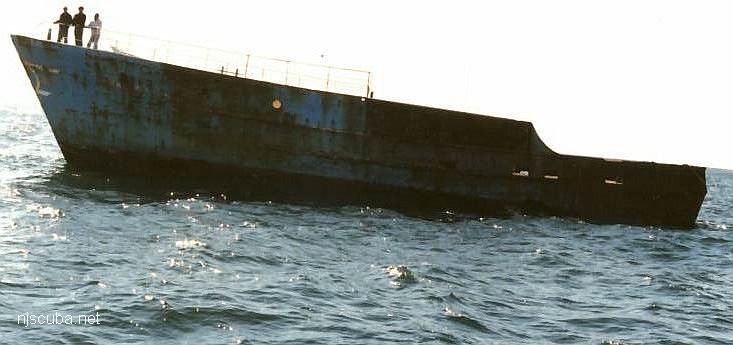
- Type:
- artificial reef, trawler, USA
- Built:
- 1978, Quality Marine, Bayou La Bâtre AL USA
- Specs:
- ( 90 ft ) 168 gross tons
- Sunk:
- Friday November 6, 1998 - Moriches Artificial Reef
- Depth:
- GPS:
- 40°43.506' -72°46.461'
More: Niagara Falls ...
More: New York Artificial Reefs ...

More: Niagara Falls ...
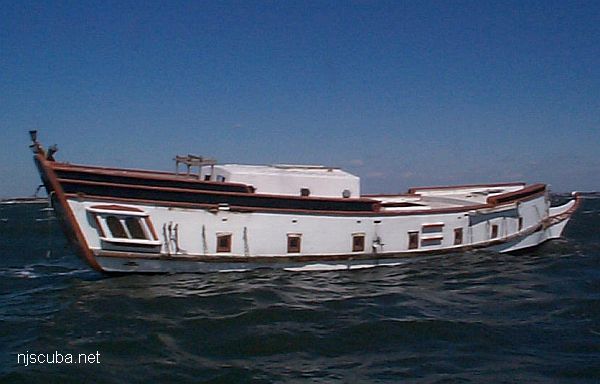
More: Peregrine ...
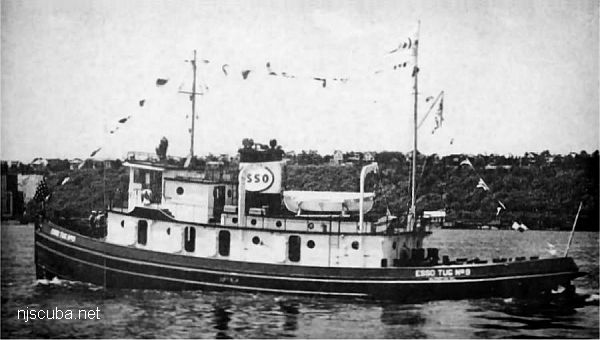
More: Relentless ...
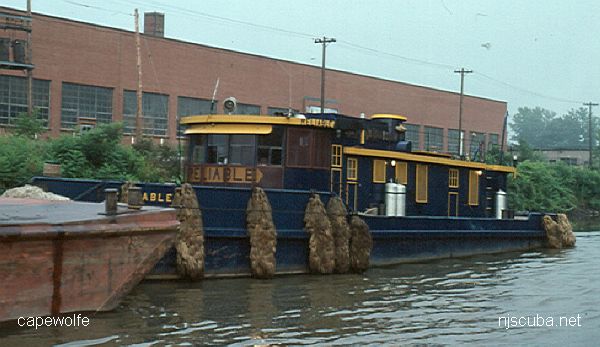
More: Reliable ...
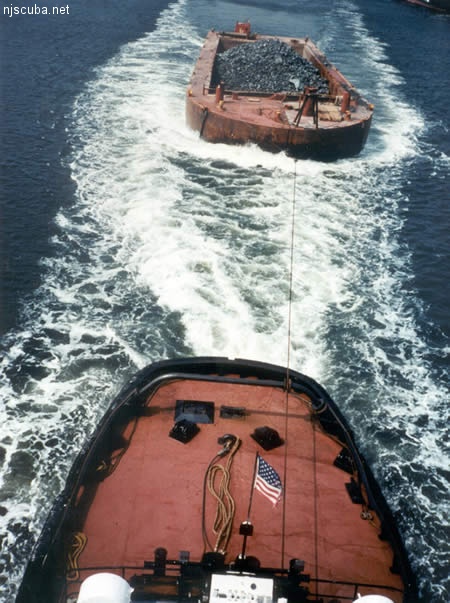
All manner of concrete, steel, and stone rubble from dredging, demolition projects, and other construction is used as artificial reef materials. This material is generally available at very low cost or free from construction companies who are more than happy to get rid of it. Transportation costs determine where this material is used by the Reef Program.
More: Rock & Rubble ...
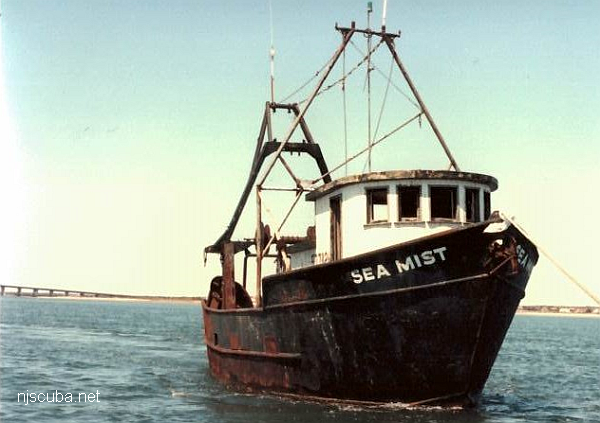
More: Sea Mist ...
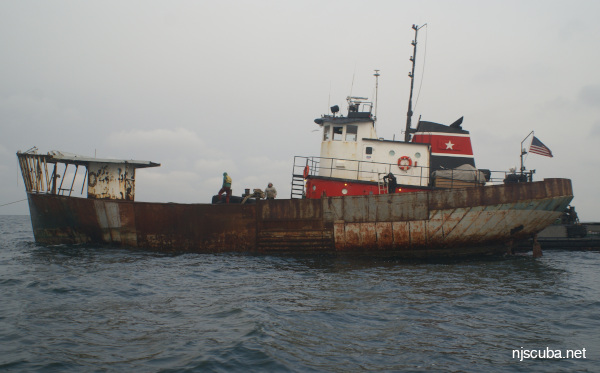
More: Socatean ...
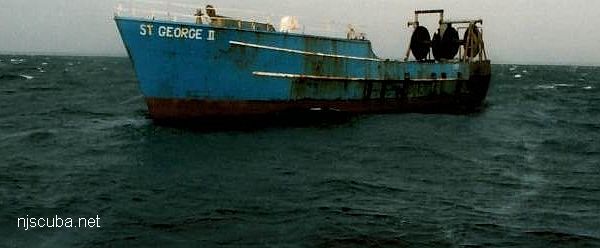
More: St George II ...
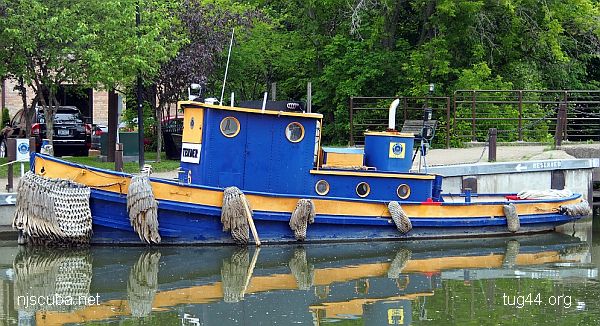
More: Canal Tender 6 ...